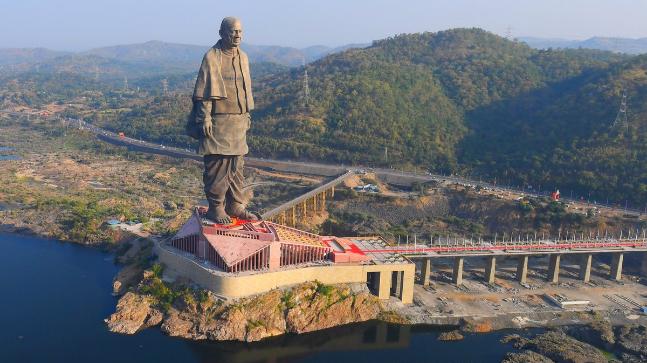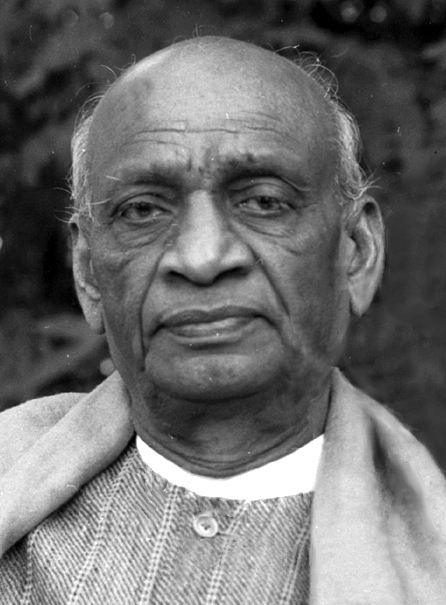India’s Statue of Unity Posted by Nitya on Nov 12, 2018 in Hindi Language
India’s newest claim to fame is the Statue of Unity which was unveiled and inaugurated (udghaatan karna/उद्घाटन करना) by Prime Minister (pradhaan mantri/प्रधान मंत्री) Narendra Modi on October 31, 2018.
The Statue of Unity is a statue (pratima/प्रतिमा) of Vallabhbhai Patel, who hailed from India’s western state of Gujarat. Vallabhbhai Patel was a barrister (vakeel/वकील), a statesman (raajneta/राजनेता), and a leader (neta/नेता) in India’s movement for independence (swatantratraa/स्वतंत्रता) from British rule. In addition to his title (padvi/पदवी) of “Iron man of India” he was also known fondly as “Sardar” (sur-daar/सरदार) or chief; Patel is regarded as one of the founding fathers of the republic of India. He was instrumental in uniting hundreds of small princely states in India into a modern India. Patel served as the first deputy prime minister of a free India.
The Statue of Unity stands 597 feet tall, and is the tallest such structure in the world. It is higher than China’s Spring Temple Buddha and double the height of the Statue of Liberty. This monumental structure took over 4 years to build at an estimated cost of 2900 crore rupees or roughly $400 million dollars. The structure is built to withstand upto a 6.5 quake and winds of 130km/hr.
The statue has evoked nationalistic sentiments and criticism at the same time–while many believe that it’s a fitting tribute to Sardar Patel, critics have drawn attention to the expense at which the Statue of Unity has been constructed.
A reported 128000 tourists have visited the Statue of Unity in the 11 days since it’s inauguration. Learn more about how you can visit the Statue of Unity.

Build vocabulary, practice pronunciation, and more with Transparent Language Online. Available anytime, anywhere, on any device.




